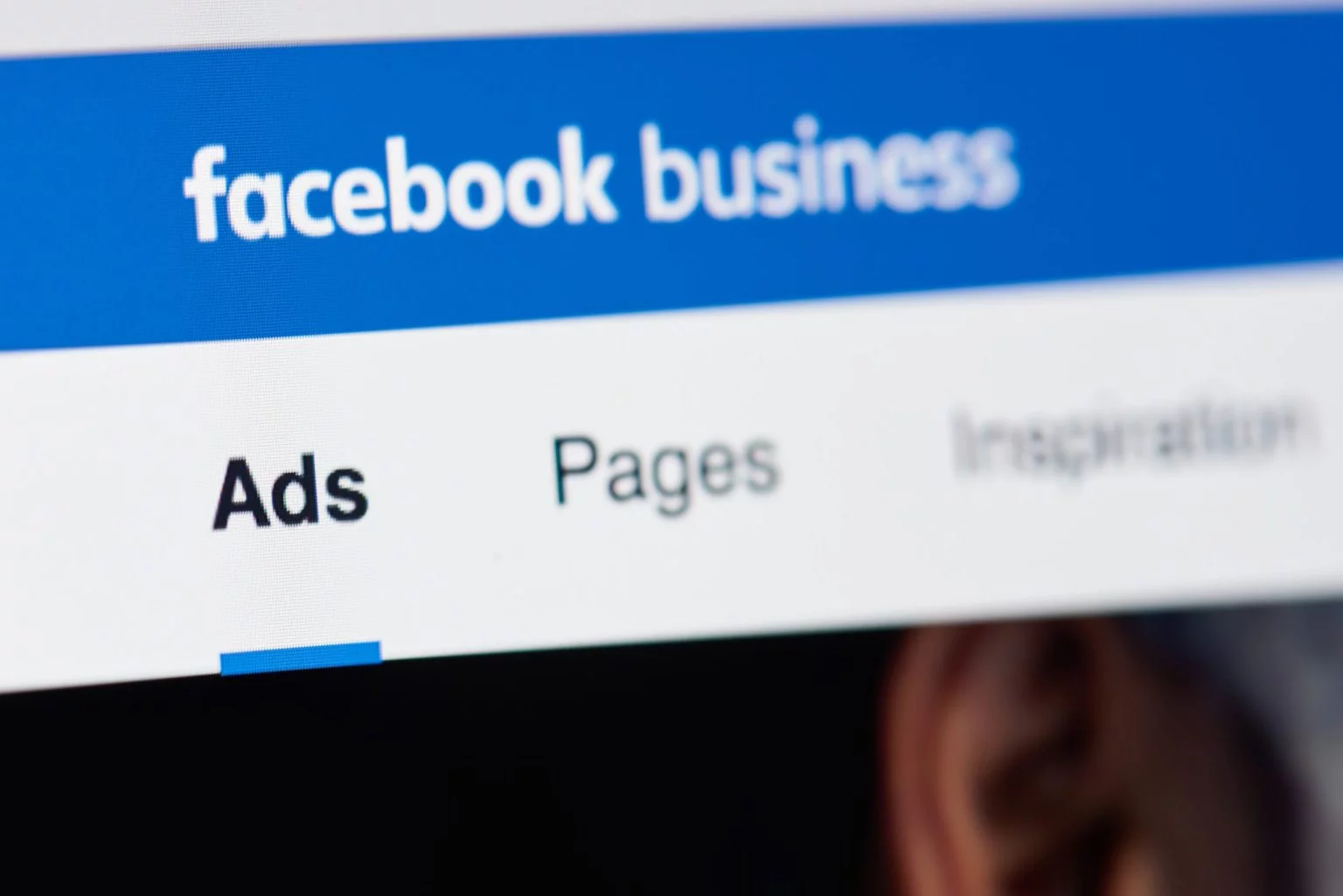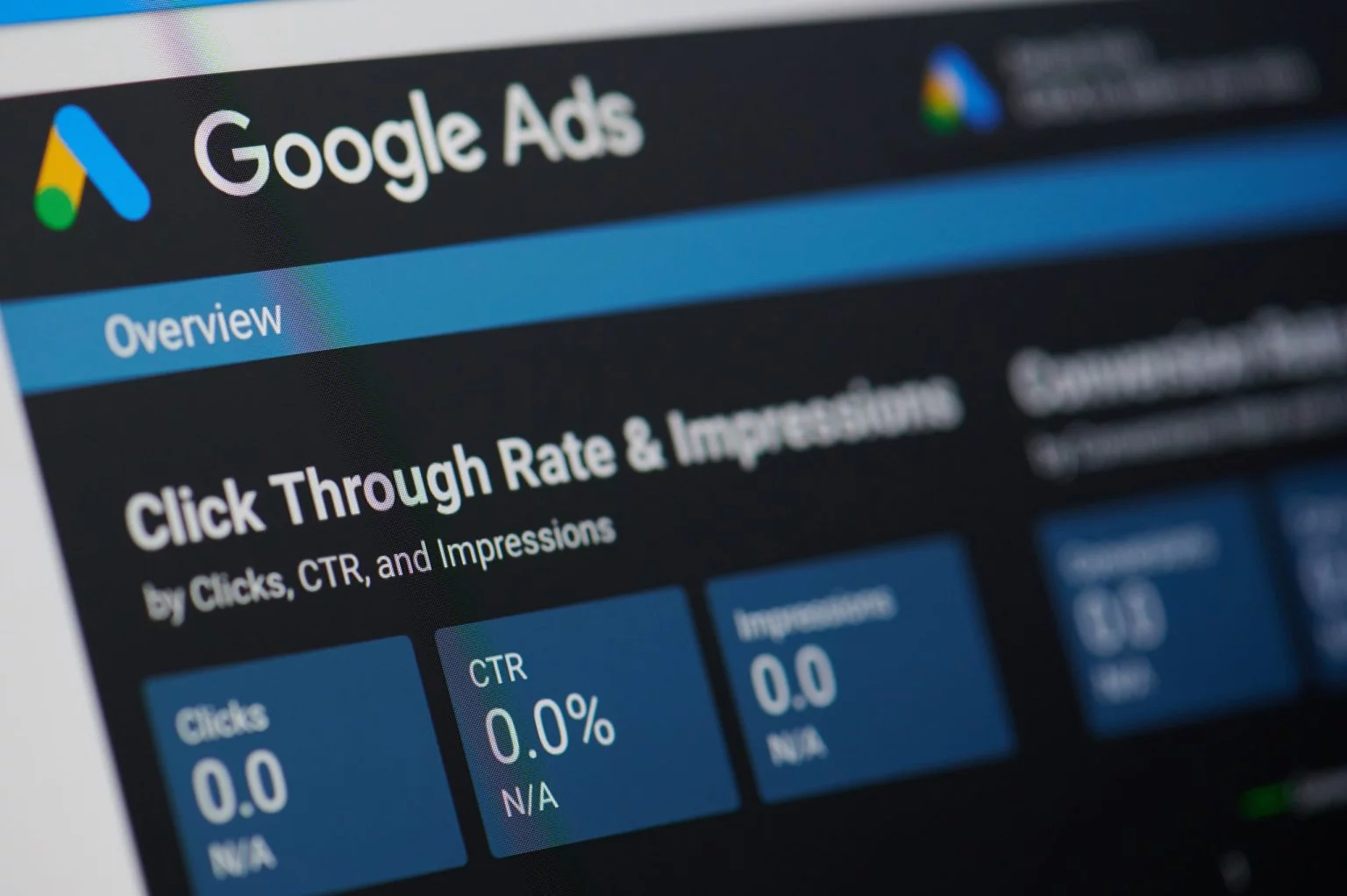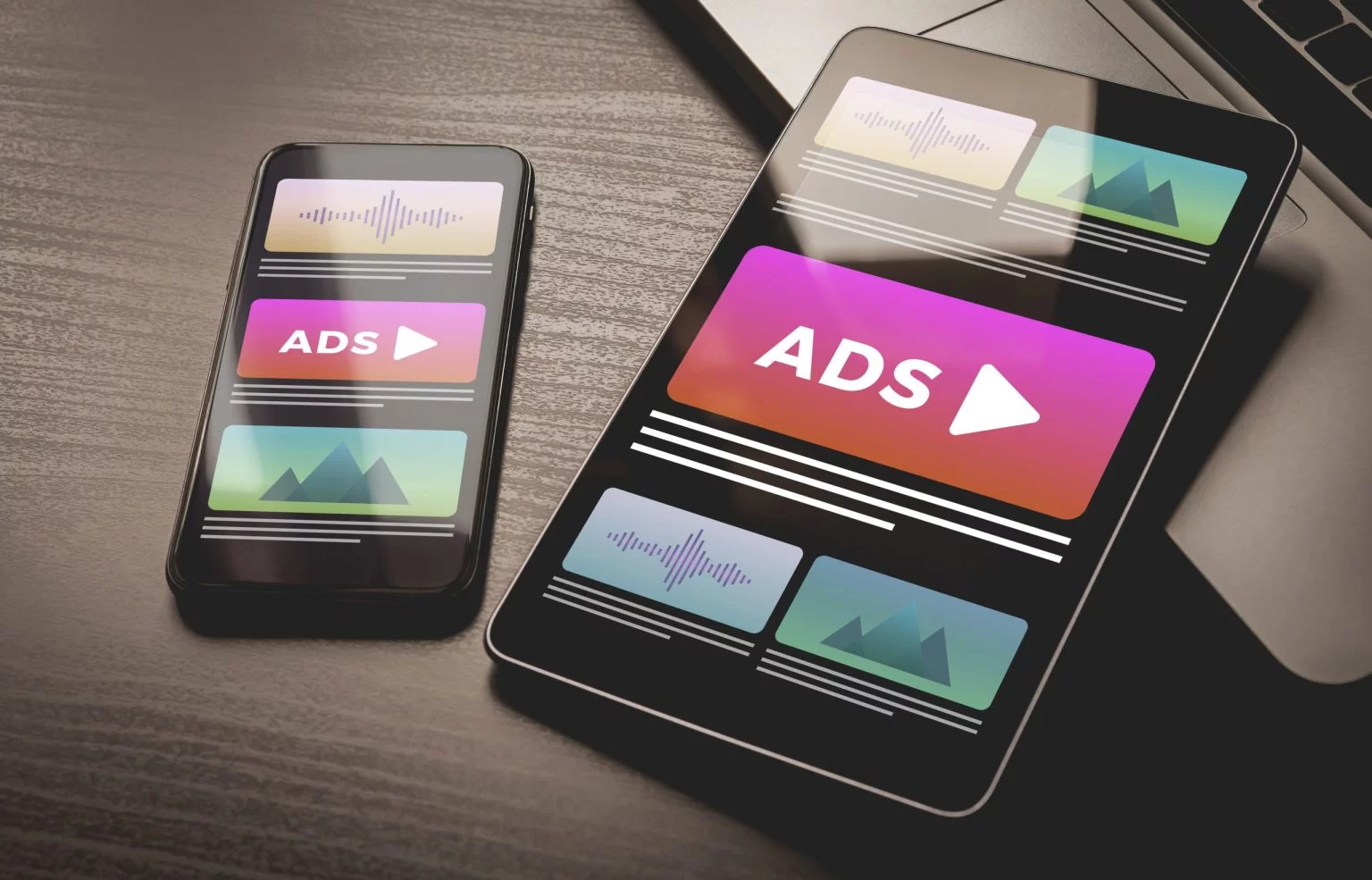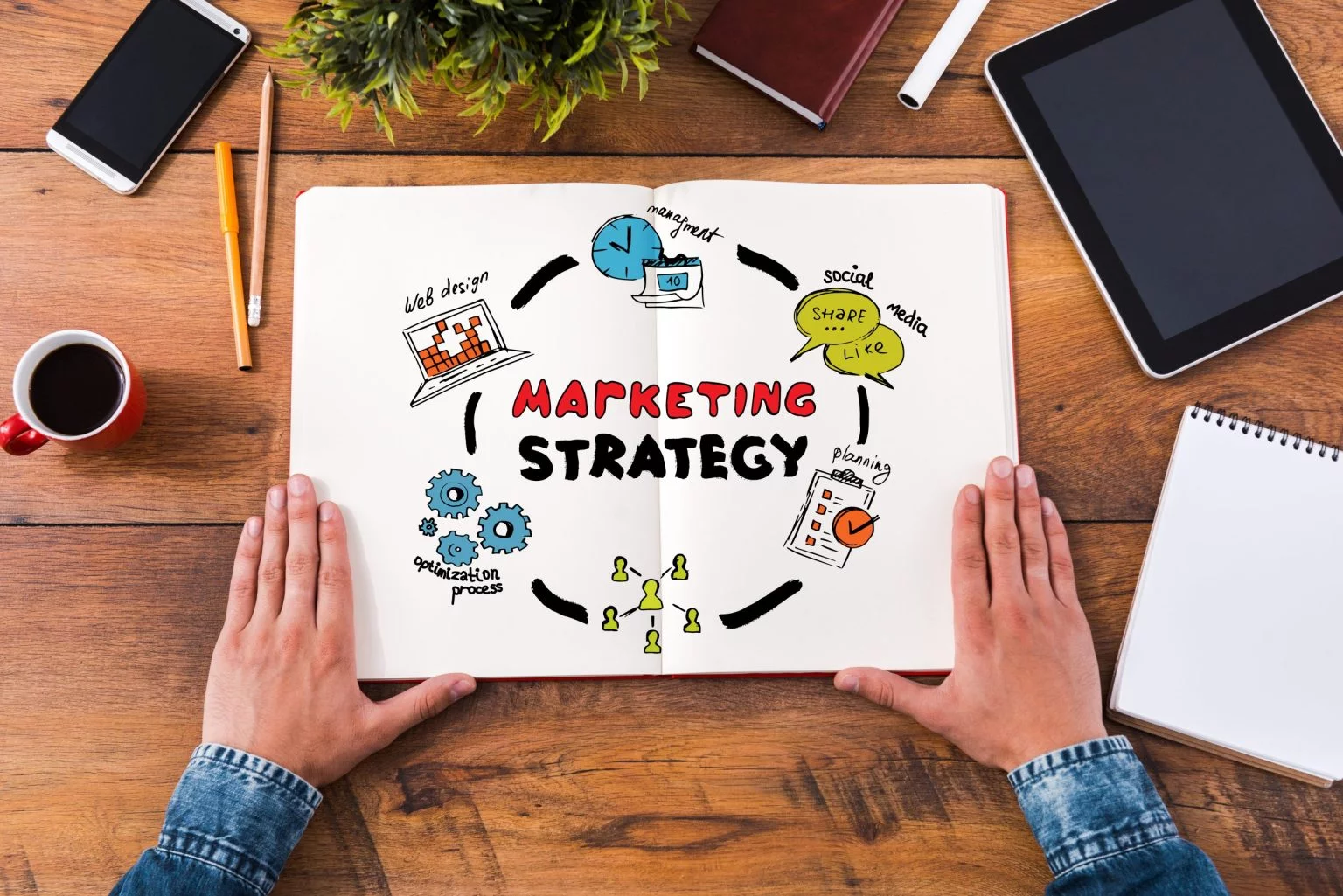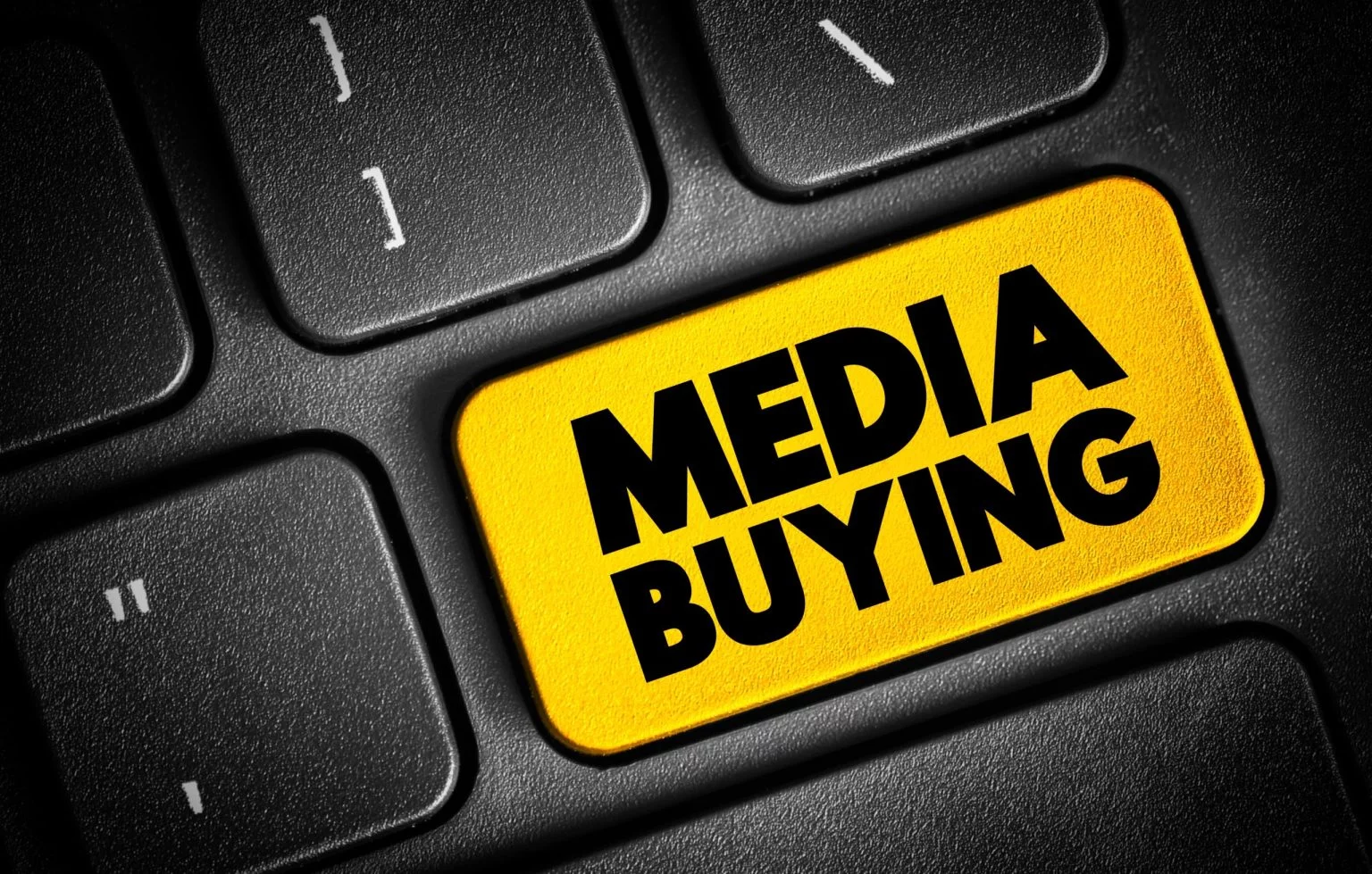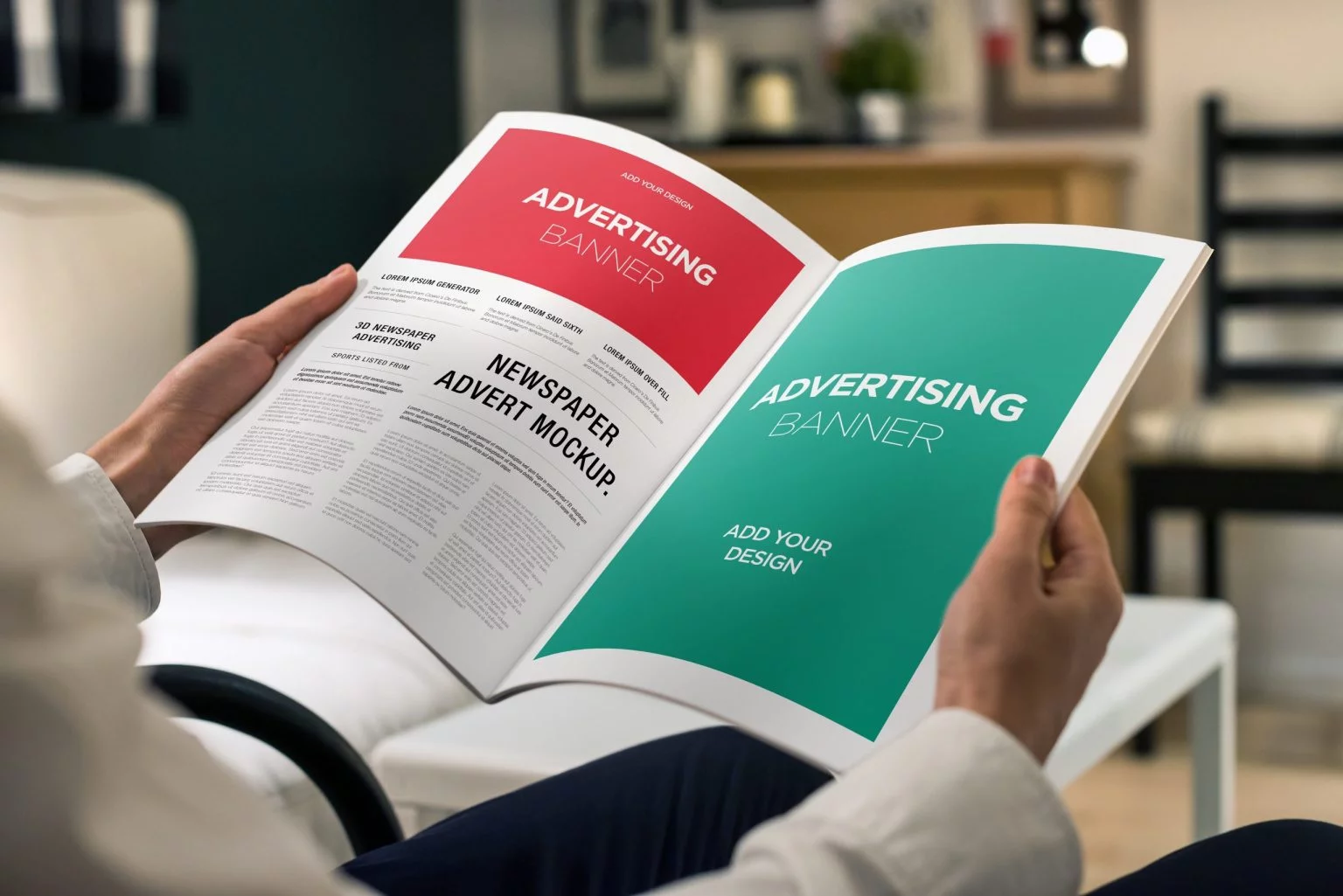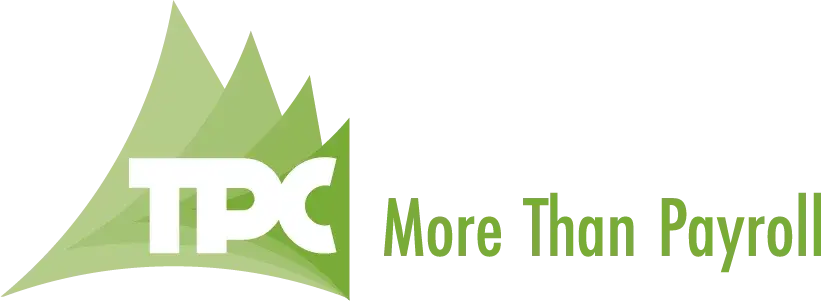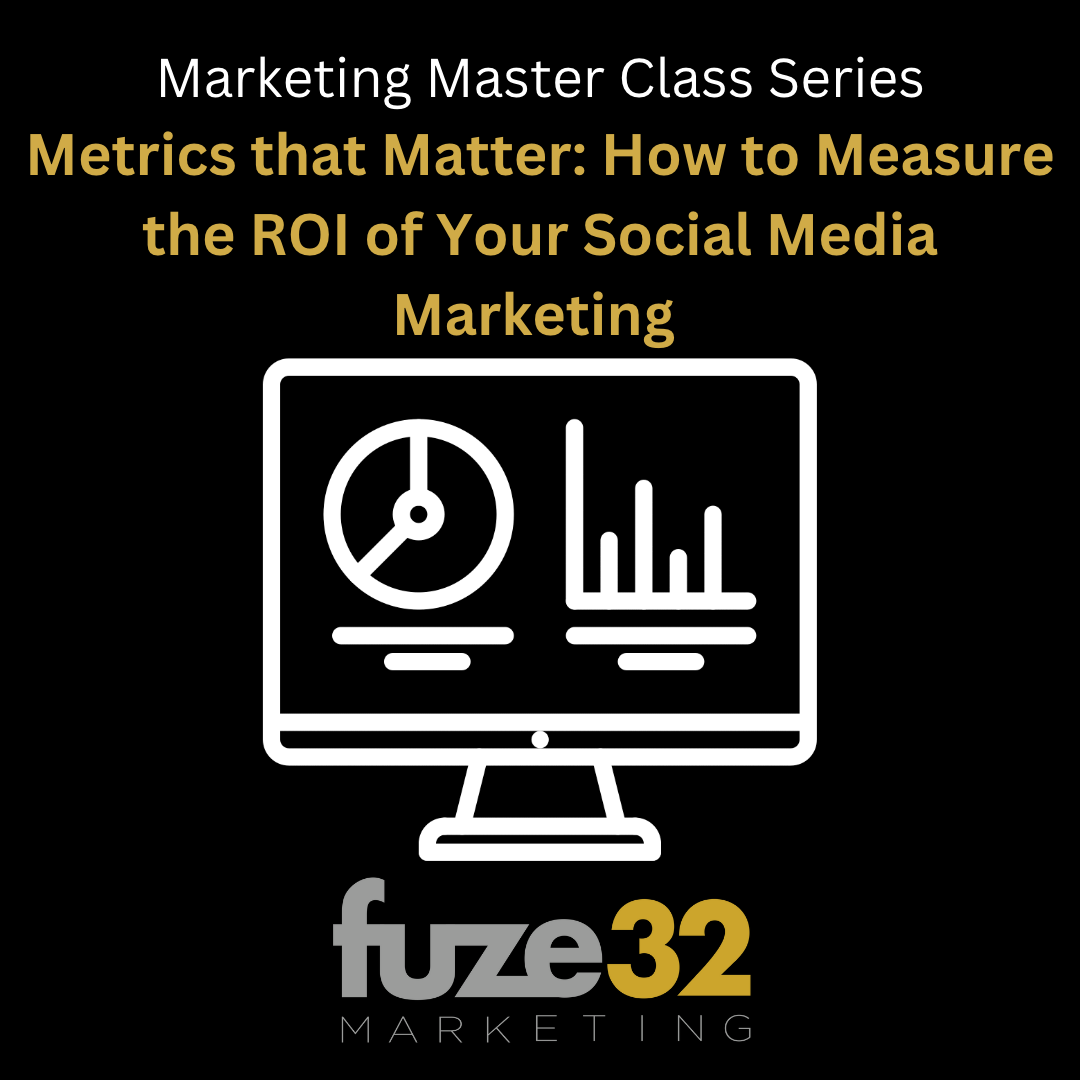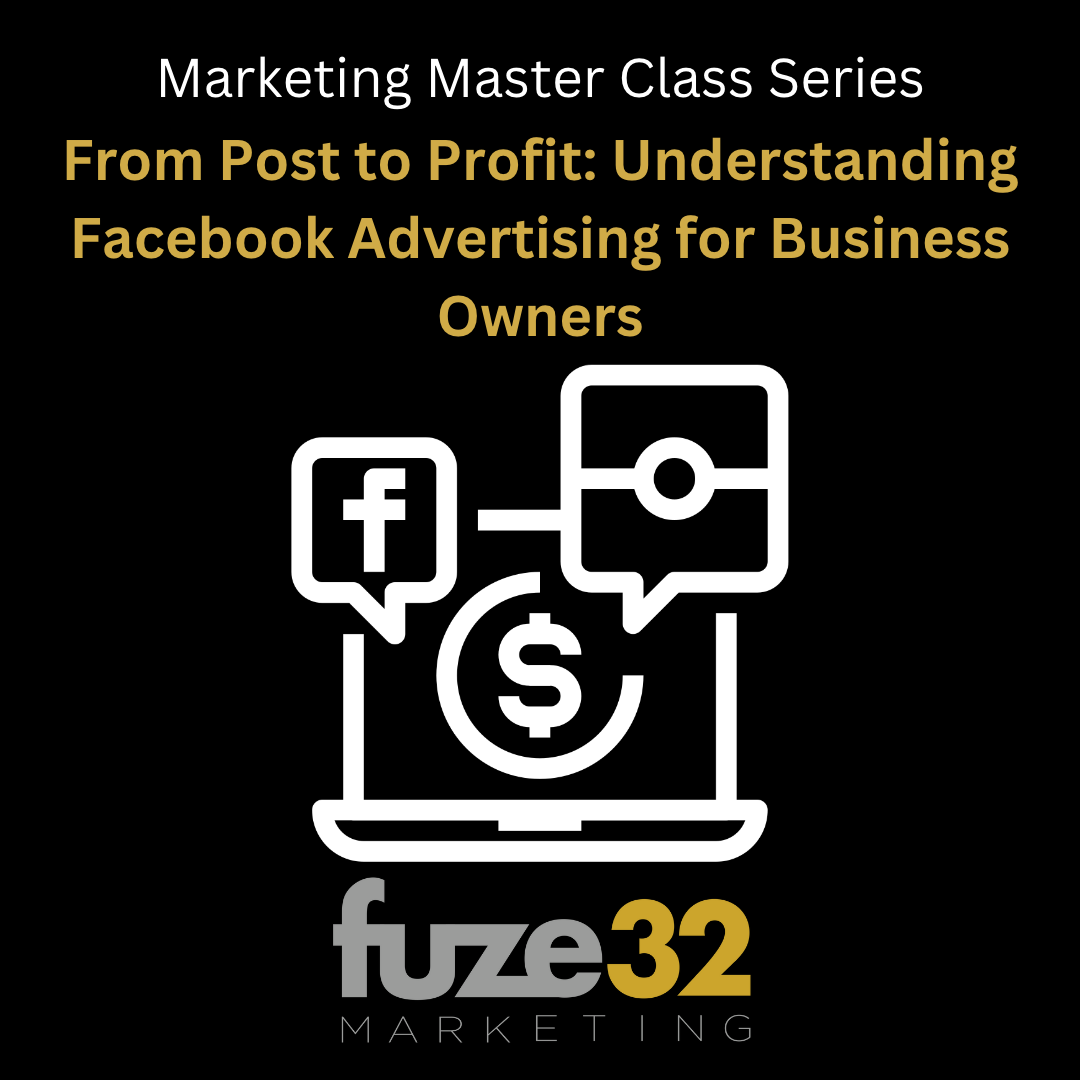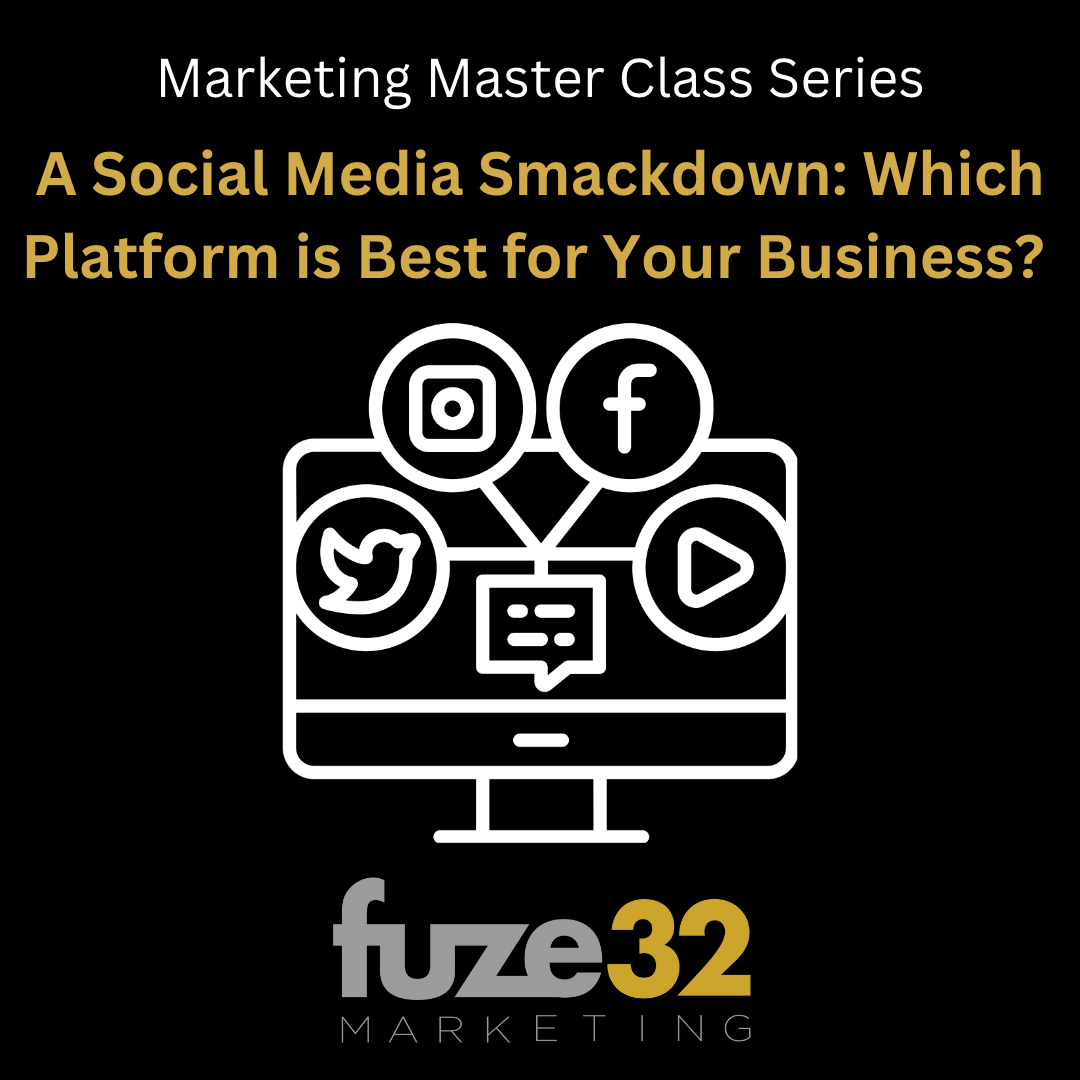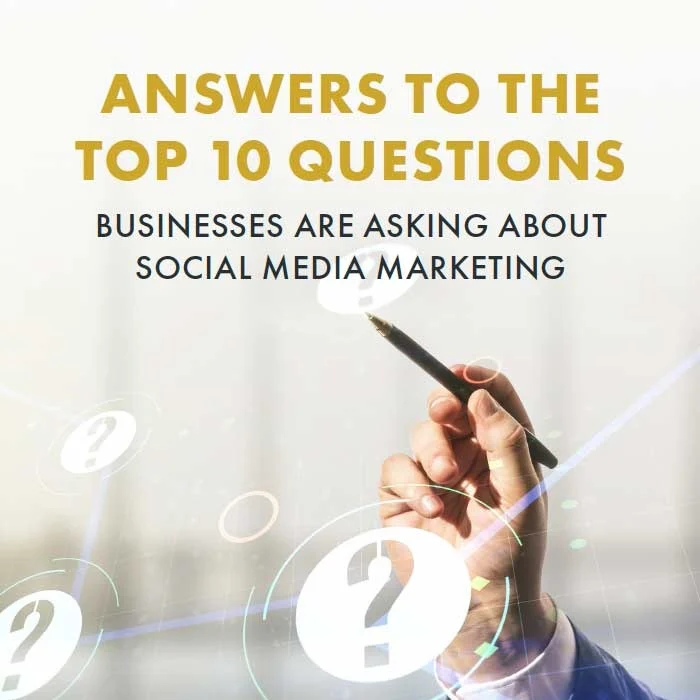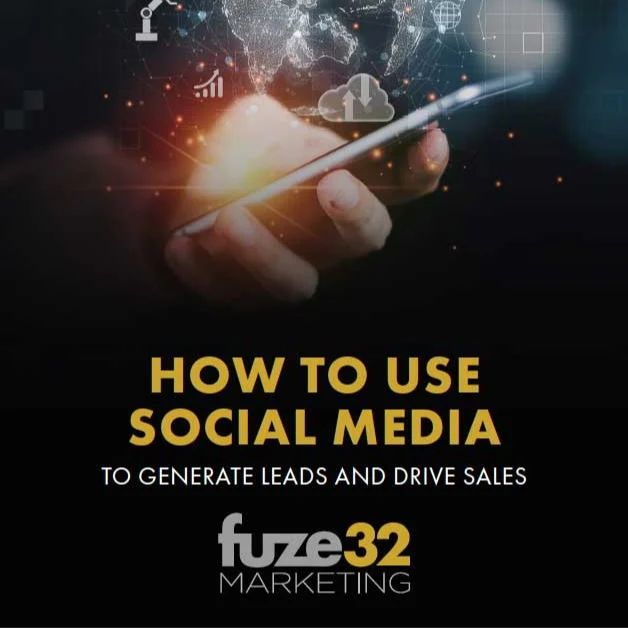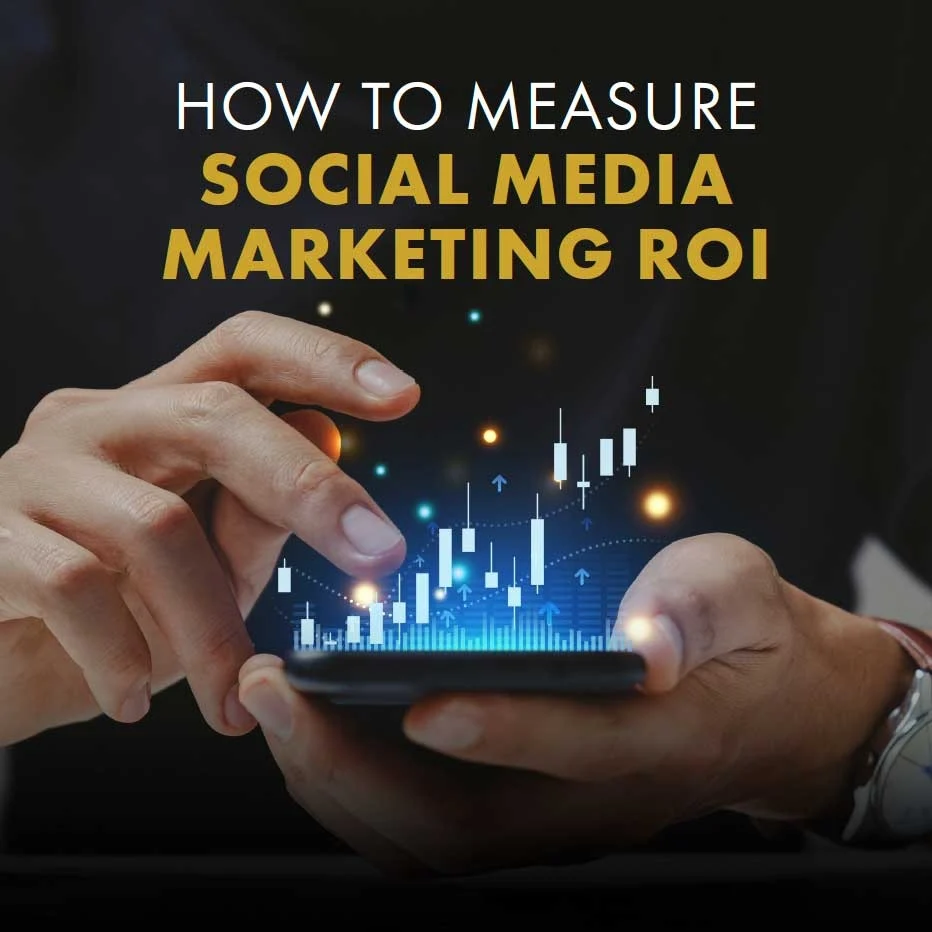Originally published 3/13/20 - Updated 11/14/22
We’ve seen a big evolution in how businesses approach marketing over the last few decades. Many companies now make digital strategies a big part of any campaign. Two concepts you’ve probably been hearing a lot about are search engine optimization (SEO) and search engine marketing (SEM).
It’s easy to confuse the two, especially since a lot of written material uses the terms interchangeably. We’re here to clear up the confusion between the two strategies and explain the value each brings to the world of digital marketing.
What is SEO?
SEO refers to using various strategies to organically draw visitors to your website. You’re optimizing your content in ways that encourage search engines to move you in their rankings. That makes it easier for visitors to find your page when searching for the goods or services your business offers.
Metadata
Including targeted keywords in the page title, header tags, meta descriptions, and other page elements to help with search engine results page (SERP) rankings.
Optimized Page Copy
Making sure the text on the landing page or blogs incorporates strategic keywords.
Mobile Experience
Optimizing content for viewing on smaller mobile devices.
Enhanced Page Speed
Quick page loading in web browsers or on mobile devices is essential in preventing visitors from getting impatient and moving on to a different site.
Link Building
Getting other high-quality sites to link back to your own.
Technical Content
Looking after technical details like making sure pages have clean, well-formatted URLs or an updated SSL certificate.
The content on landing pages should be relevant and useful. If your pages are lacking keywords and have thin content, that is going to guarantee you a low-ranking landing page. Search engine algorithms judge pages on quality and how well they match up to a user’s search intent. Most high-ranking SERPs contain at least 2,000 words.
What is SEM?
SEM refers to using a paid search strategy for better SERP results. It typically involves buying search engine advertising to display prominently at the top of search engine pages and other forms of digital media. Think about the ads you see popping up on Facebook or Instagram. Companies pay a fee every time you click through an ad. They hope you’ll stay on the page long enough to make a purchase or provide your information to use for future contact. Most businesses will gladly pay $2.50 for a click that nets a $100 sale.
Targeted Ad Campaigns
Creating campaigns aimed at drawing in a specific audience.
Ad Groups
Building ad groups incorporating target keywords.
Budgeting
Allotting money to the most profitable campaigns.
Monitoring
Looking at metrics like clicks, impressions, and which ad campaigns bring in the most profit.
Creating a viable PPC campaign involves doing extensive keyword research, making sure ads reflect the needs of visitors, and ensuring that the related landing page ties back to their needs. If you’re a travel company offering deals on vacations to Brazil, your ads should contain targeted keywords ensuring they appear when someone does a web engine search for Brazilian vacation packages. The overall goal is to get your ads in front of visitors most likely to end up as a valued conversion for your business.
How Do I Choose Between SEO and SEM?
The biggest difference between SEO and SEM is how each works to pull in visitors to a website. SEO attracts them organically by optimizing content for better search engine results, while businesses pay for SEM to achieve better visibility in search engines and other digital platforms.
It never hurts to incorporate SEO into your content strategy. It’s free and can pay off big dividends when done correctly. However, it tends to take longer to show results. If you’re a new company looking for more immediate visibility, investing in SEM may be the better tactic.



.webp)





